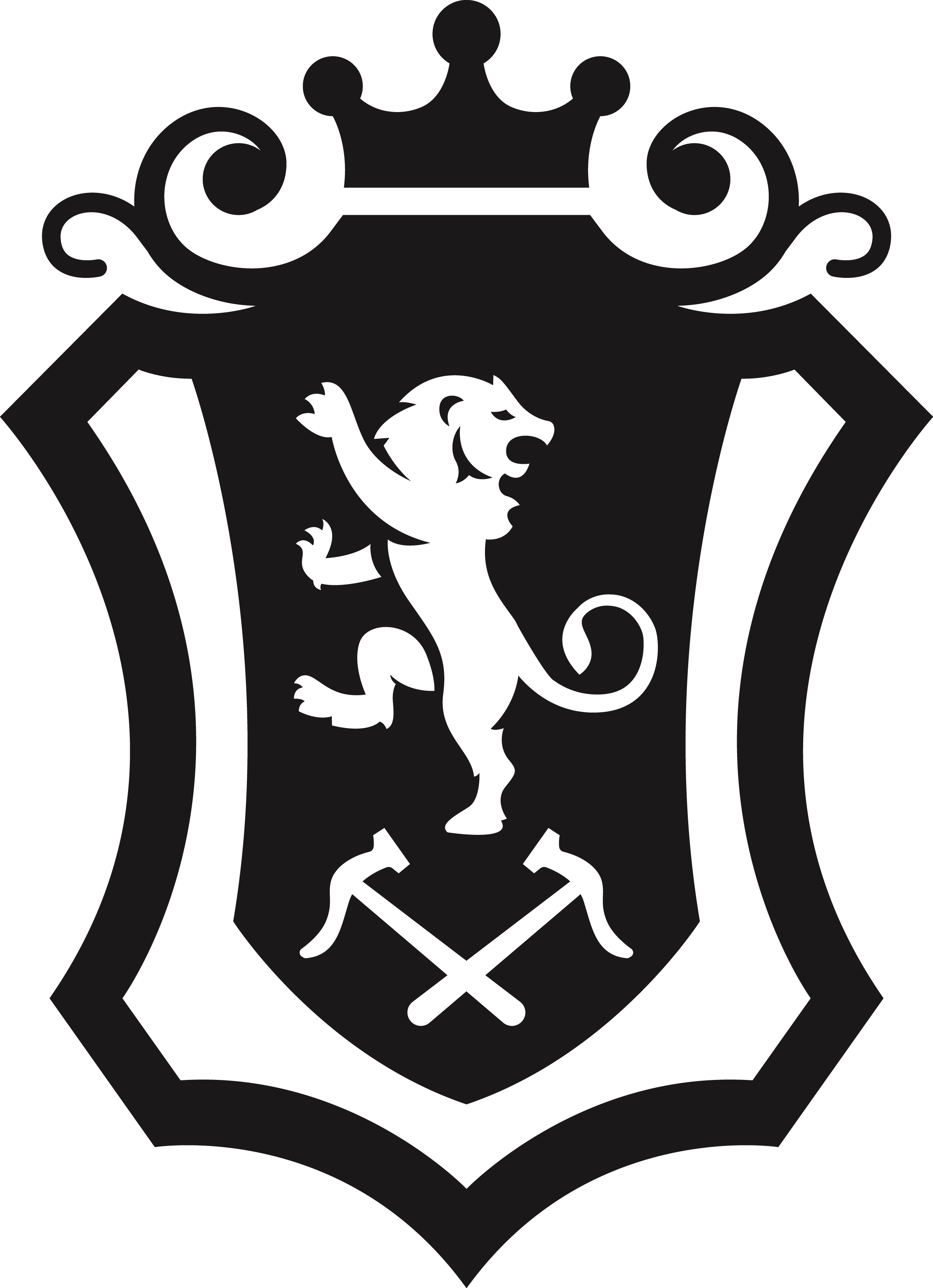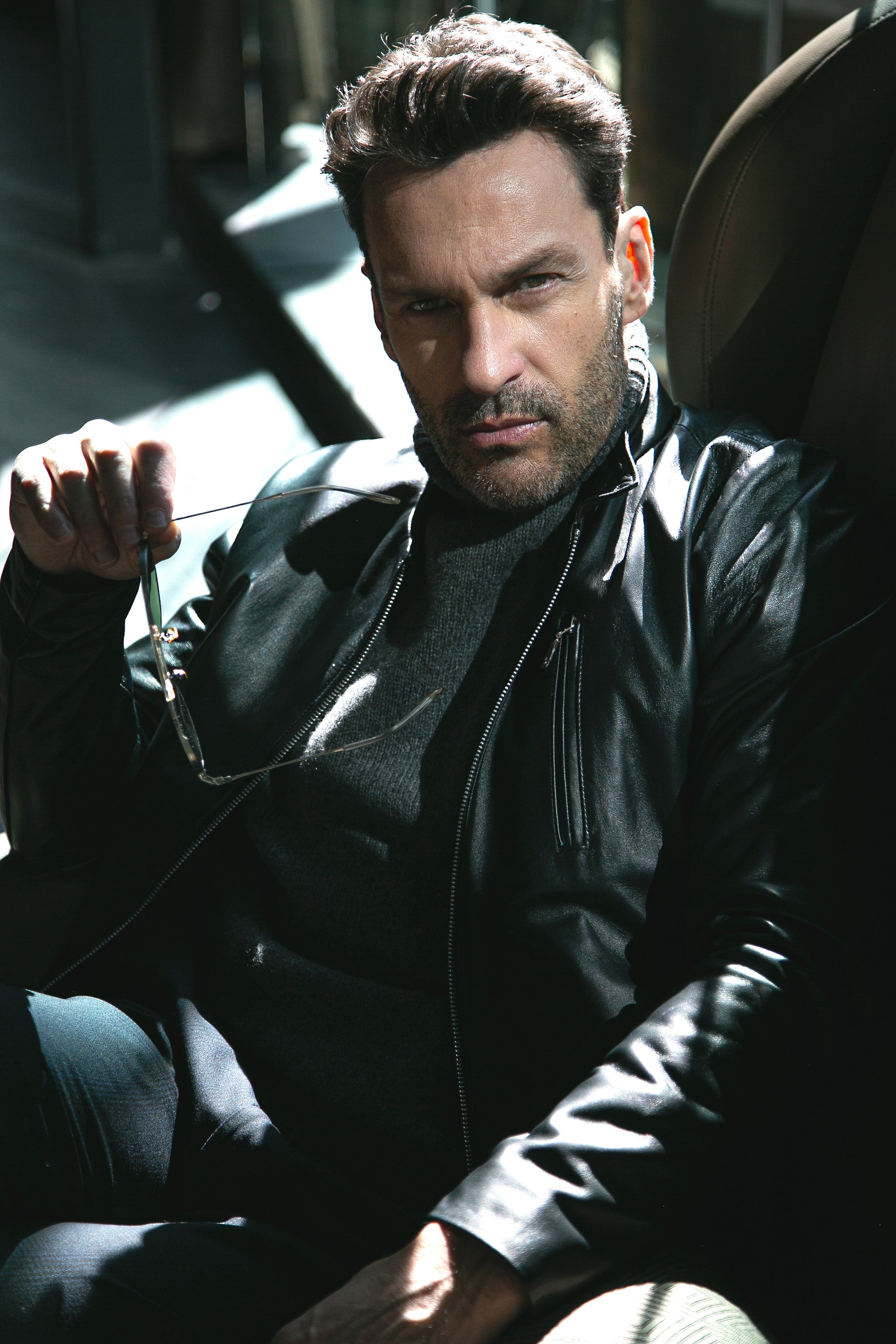Defining the Qualities of a Good Leather Jacket
J.L. Rocha Values
Defining the qualities of a good leather jacket:
As a matter of principle we don’t believe in prescribing pour opinions to others; many of our clients will find in corresponding with our customer service over size, quality, and lifestyle recommendation - we count on you to define what characteristics you need in your luxury leather products.
The matter of quality however, is a discernible trait that comes with experience much like the experiences of fine spirits, timepieces, and art. This article will call upon our multi-generational knowledge to provide an outline of the features that define a high quality leather jacket.
Defining quality in leather jackets:
Functionality, craftsmanship, and details.
What makes a good leather jacket?
There are three key factors that determine the quality of a leather jacket, they are:
Leather Type
Construction
and Detailing
Leather type refers to the sourcing and processing of raw skins as well as functionality in relation to user need. Construction of a leather jacket refers to the sturdiness of stitching and hardware. Detailing in a leather jacket refers to the number of pieces cut to create that jacket, along with any decorative features that desplante craftsmanship.
The following sections will focus on each of these three traits.
How leather type affects leather jacket quality:
This refers to the type of leather being used and the process it undergoes. When it comes to understanding the quality of your leather, here are three key insights you may need:
The life from which your leather goods are made does not determine quality. This factor can however, affect price and functionality.
We never recommend a artificial or bi-cast leathers, as these materials can be harmful to the environment. All leathers should be genuine and marked as so.
While rawhides can vary in pricing, the processing each material will affect leather quality the most.
Understanding these three insights help us determine the factors that influence leather jacket quality, exclusively through the materials used.
Full Grain vs Top Grain vs Split Leathers
Animal hides consist of 5 distinct parts from the epidermis to the reticular segment, these parts can be split to prioritize particular segments, affect density, and to create suedes. Similar to wood grain, leather grain refers to the texture and appearance of fibers within the leather hide. There are three key categories that define quality in the grain of leather:
Top Grain Leather: is leather that comes from the upper most part of the hide. This is traditionally the most desirable type of leather, as it prioritizes the most dense and durable fibers in a raw hide alongside aesthetic markers of genuine life.
Full Grain Leather: is similar to top grain leather as it does contain the upper most part of the hide, however full grain leather is different in that it also utilizes the entire thickness of the skin. This leaves the natural surface unaltered, and makes for a thicker feeling jacket.
Split Leather: is leather that consists of the bottom half of the rawhide after being cut at the grain and Corium junction. Split leather will not display any skin characteristics and is can be embossed to mimic top grain leather. It is also commonly used as the basis for bi-cast leather, which is a blend of artificial and natural materials.
Please keep in mind that the thickness of your leather should correspond with the warmth, movement, and functionality of your piece: not the price. When it comes to leather quality, we always recommend top or full grain leathers: selecting from each based on the functionality of the garment being made.
Once you’ve determined the type of leather you will be utilizing, the treatment process must begin.
The treatment of high quality leathers:
The treating of rawhides to produce leather is broken down into two distinct processes:
Tanning: referring to the treatment of hides using organic or chemical compounds to alter the protein structure of the skin. Tanning also contains the preparation process involving the removal of hair and soaking of skins.
Dyeing: this can refer to the creation of aniline, protected aniline, pull up, or pigmented leather. After the tanning process is complete, dyeing treats the hide to infuse it with color.
These two processes also affect the quality of a leather jacket and any other leather product. We always recommend a vegetable tanned aniline, pull up, or protected aniline leather as these treatments are safer for the environment, and allow leather to maintain the most genuine look and hand feel.
Now that we understand how leather types and treatments affect quality, we can now discuss some less technical elements but rather elements that require artisanal skill.
What makes quality?
“The quality of the experience you have” - Jose Luis Rocha
How construction affects leather jacket quality:
The construction of a leather jacket refers to the process of manipulating processed leather hide into a functional and wearable garment. Construction of a jacket is conducted in four distinct steps:
Preparation: creating the patterns necessary to cut the leather into pieces and determining where each piece will come from on the hide.
Cutting: this process refers to the cutting of hides and linings into the necessary patterns. This can be done by machine or by hand. All our master artisans cut each pattern by hand as is our historic traditions.
Sewing: referring to the assembly and composition of the patterns into a wearable garment. Sewing requires a keen eye for detail and dedicated focus: behind cutting, this is the second most skilled element in creating a quality leather jacket.
Finishing: This is the final step in jacket construction, meaning the process of adding hardware, labels, or any final decorative embossing.
Construction in a leather jacket is the pinnacle of any artisan or brand: construction showcases the skill of a craftsman as well as the attention to detail imparted in the making of a leather jacket.
When it comes to leather jacket construction, it is important to remember these key factors:
Are patterns functional or decorative?
Crafting a simple leather jacket can be done in a small number of pieces or patterns. The number of decorative patterns, their shape, and how those patterns influence the design of the jacket are important details to take into consideration when recognizing craftsmanship in construction.
Is the piping clean and neat?
Piping is the narrow, round edge on the corners of your garment typically separating the front from back. A high quality piping will showcase attention to detail in the stitching and reinforce the reliability of the garment.
Is hardware important in a leather jacket?
While hardware can create a unique aesthetic and increase the cost of your jacket: most leather crafters do not manufacture their own hardware, meaning hardware should not be an exclusive measure of quality in a leather jacket. Regardless, we believe presentation is important: so we do our best to find high quality hardware that is reliable, easy to use, and when possible displays custom emblematic features.
While construction and detailing can often be considered the same category, we believe that a distinct separation will allow for better discernment of quality leather goods. The next section will cover detailing and it’s importance.
How details affect quality in a leather jacket:
Different from construction in a leather jacket, detailing refers to the efforts placed on decorative elements on a leather jacket. This can refer but is not limited to:
Decorative stitching.
Decorative leather patterns/pieces.
Decorative lining and hardware.
Packaging, presentation, warranty.
All details are important in the creation of a leather jacket, from the visible prove scars on the leather to the quality of stitching conducted during construction, detailing however is distinct in that it provides opportunities for brands and artisans to flourish their priorities. Here are some details to keep in mind in the final quality considerations for leather jackets:
Does the leather jacket include technically skilled decorative elements?
Decorative elements such as decorative stitching, elbow pads, decorative leather pieces and color/material blending are all technical elements that showcase artisan skill. These decorative elements require stringent detail focus and take additional time to perfect.
Does the leather jacket display high quality secondary material?
While lining and hardware are not typically elements that determine leather quality, any proper leather goods brand will work to continually improve and audit their hardware and lining to make the customer experience better. These minor details can result in large investments, and pay testament to the longitudinal value of the piece.
Does the garment cared for properly?
The final detail of a high quality leather jacket is the company that produces it: does the brand have a long standing history in leather production? Does the brand take additional care to package and protect your garment? Does the piece last and break in with exceptional details? These questions are important factors to consider when making your choices in leather jackets.
While details are not the deciding factor in a high quality leather jacket, we believe it is important to consider all elements of an experience: physical, psychological and emotional - when ascribing value and quality to any item.
Closing notes:
This post has outlined three key categories that help define quality in a leather jacket:
Leather Type
Construction
and Detailing
These three categories and the understanding of them will help you determine the quality of a leather jacket and make you a more discerning leather aficionado.
We hope our article has been helpful, and if you feel as though we have missed any criteria or have questions - please comment or contact us so that we can provide more helpful information to our community.
Thank You/Gracias.


